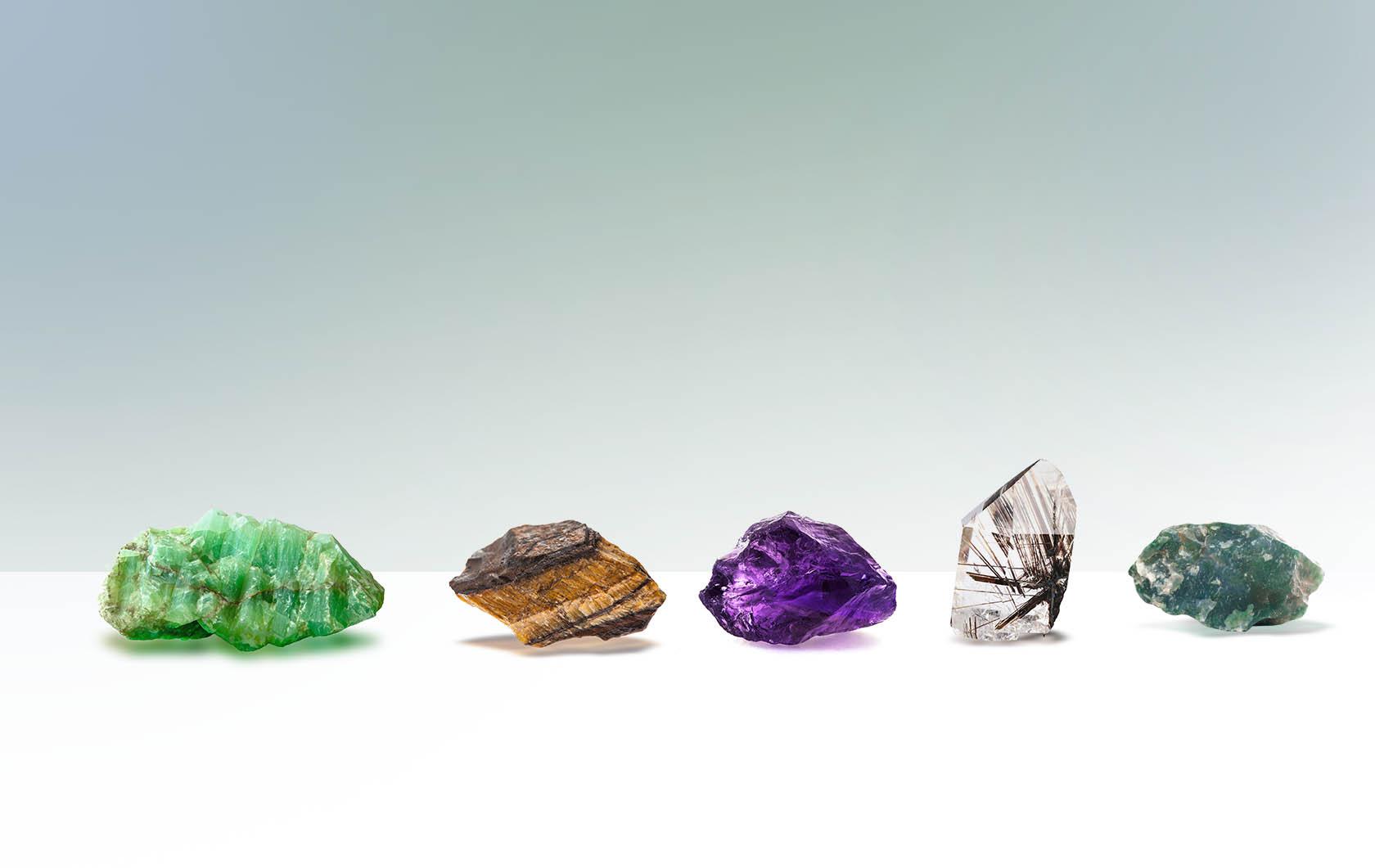Jade
The name "Jade" in fact refers to three distinct minerals which do, however, share a similar appearance: jadeite, nephrite and kosmochlor. However, Jade, essentially containing jadeite, is considered the purest form of Jade, as it is the most hard-wearing, and therefore the most precious. This Imperial stone is mainly found in Burma, but is also mined in Kazakhstan.
Jade has been historically used in Asia, and particularly in China where it was the favoured stone of the emperors; it was introduced to Mediterranean civilisations in the 16th century by the Portuguese who imported it from China.
This fascinating stone was used to fashion arms and surgical tools and was, of course, used as ornamentation (for jewellery and other items). This stone boasts curative properties which have been prized since late antiquity in both China and South America.
Jade is mentioned in many works, which suggest it has always been a symbol of love and virtue, but also a way of displaying social status. Jade is prized as a noble stone, providing protection and bringing luck.
